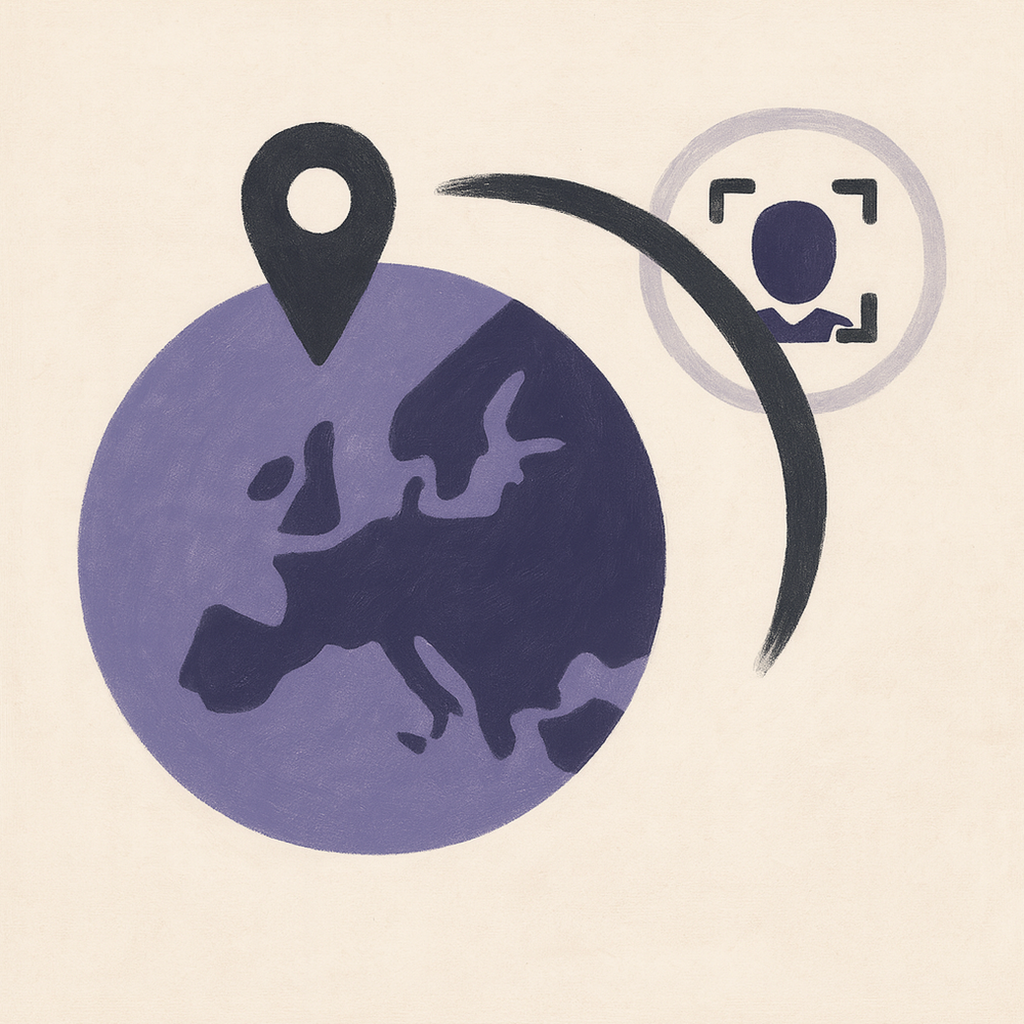For HR managers: New hires do not compare your program to policy manuals. They compare their experience to the person next to them or a teammate in another country. If one person feels guided and another feels lost, the story HR has to clean up is already written. The fix is global immigration process standardization you can feel, not just consistency on paper.
Global immigration process standardization: how to build one intake and a consistent first 48 hours
- One intake that works everywhere. Same form, same required fields, same owner.
- Same first 48 hours. The new hire gets a clear timeline, a point of contact, and what is expected of them.
- Shared definitions. What “urgent” means, what “ready to file” means, and what “blocked” means.
- Predictable communication. Templates with the same voice and checkpoints regardless of country.
- The same standard of care. If an H-1B in Austin gets white-glove guidance, your employee in Berlin or Bangalore should get the same clarity and speed.
The Consistency Scorecard
Score each 1 to 5. If you cannot give a 4 or 5, put it on your 30-day plan.
- Intake clarity. Managers know where to go and what to provide.
- First response time. Employee hears back within one business day.
- Status visibility. HR and the employee see the same dates, owners, and blockers.
- Template quality. Plain language, localized where needed.
- Escalation lane. A named contact with a time commitment for travel or work-auth blockers.
- Post-filing hygiene. I-9 reverification, address changes, expirations, and travel risk reviewed on a cadence.
- Change control. Reorgs, title changes, and site moves trigger the same playbook every time.
A 30-day plan to standardize the experience
Week 1. Map reality. List every intake path, template, and tool you use today. Circle the duplicates.
Week 2. Pick one simple intake. Four fields minimum: employee, location, start date, and hiring manager. Add role notes as optional.
Week 3. Ship the first 48-hour routine. Auto-reply with a timeline, the documents needed, and a named point of contact.
Week 4. Add a weekly triage. HR, Legal, and your partner review one prioritized list. Dates. Owners. Risks. No extra dashboards.
Do’s and don’ts
Do use one global checklist and localize only what truly differs. Tie SLAs to moments that matter to employees. Publish a single escalation rule and use it everywhere.
Don’t let teams create side doors for “quick asks.” Do not change tone or expectations by country unless the law requires it. Do not assume a policy PDF creates consistency; the routine does.
If you need help setting up a consistent immigration program in your country or globally, reach out to our team at support@waylit.com


.svg)


